- Mina Tajik
- Rug & Carpet
- 2876 views
- 0 comments
The Berber carpet is a durable carpet that comes in many colors and patterns. It has a decent price as well. We will explore the characteristics of Berber carpets in the following.
Introduction
Berber carpet is the reigning champion in the world of home flooring, winning the hearts of homeowners far and wide. It's the go-to for those who want to merge style, durability, and affordability. The price tag on Berber carpets is often surprisingly light, especially when compared to other contenders like handcrafted Iranian rugs. They are an economical choice that doesn't compromise on quality.
Berber carpets are built to last. They're known to endure heavy foot traffic for over a decade, outlasting most other residential carpets. Their durability is a testament to their top-tier quality and design. Stain resistance is another feather in the cap for Berber carpets. Any accidental spills sit on the surface of the loops, making clean-ups a breeze. It's a relief to know that your carpet won't hold onto stains like a grudge.
Now, it's only fair to mention that Berber carpets might not be the best buddies with your furry friends. Their claws can potentially damage the loops, leading to snagging. But this is a small downside to an otherwise fantastic product. Berber carpets boast a broad spectrum of colors and patterns. Whether you're into light-colored backdrops with darker specks or you're a fan of traditional floral designs, there's a Berber carpet for you.
What is a Berber Carpet?
The term Berber originally referred to carpets handmade by the Berber people of North Africa, but today, it refers to rugs constructed in a loop style with a tight weave, usually with a light tone and dark flecks. In the 1990s, Berber carpets became a popular choice among homeowners. For many families, its versatility, budget-friendly price point, and texture make it an easy choice.
How to clean Berber rugs has become a frequently asked question in homes as it has become more common. Also, what decorations are these carpets suitable for? What size should they be?
Berber rug can refer to either the color or style of carpet.
Cyrus Crafts; Luxury & Unique Products
Advantages of a Berber Carpet
Berber carpet has many fans around the world, especially in Canada and the United States of America, and have found their place in many homes. We will explore the advantages of Berber rug in the following. If you want to choose a suitable carpet for your home, you can visit our rugs by size pages.
Price
Berber rug is one of the most affordable types of carpet for flooring. Compared to Iranian woven rugs, these carpets are cheaper. An appearance close to dhurrie and a much more suitable price have made them good options to choose from. Berber carpet prices
Durability
Berber carpets are known for their durability; they stand up well to wear and tear in traffic places. Once installed, you can be sure they can last in your house for over a decade. Though people often change their carpets because of the stains and attract, if maintained properly, these carpets can go on for many years without getting destroyed. They are more durable than most other residential carpets.
Although a lower-quality Berber carpet may not be as durable as a high-quality one, you should still buy the finest quality if durability is important to you.
Stain-Resistance
Spills tend to sit on the surface of the loops. Cleaning this way makes it easier to remove stains because the material is less likely to absorb liquids.
Unlike most carpets, which are not spill-resistant, this one is. Many people think of avoiding carpet floors because they tend to get stained and become dirty, but Berber carpets are considered spill-resistant.
Disadvantages of Berber Carpet
Ever wondered why some people avoid Berber rugs? Let's take a look at the cons of these carpets. Berber carpets cost not much and many people prefer to buy them.
Not Being Pet-friendly
A pet's claws can damage the loops in the flooring and cause them to snag. Also, your pet can get hurt if the carpet's loop is caught in its claw. The roughness of Berber carpets attracts cats and makes them good scratching posts for them. In such a case, these carpets are more at risk of snagging and destruction.
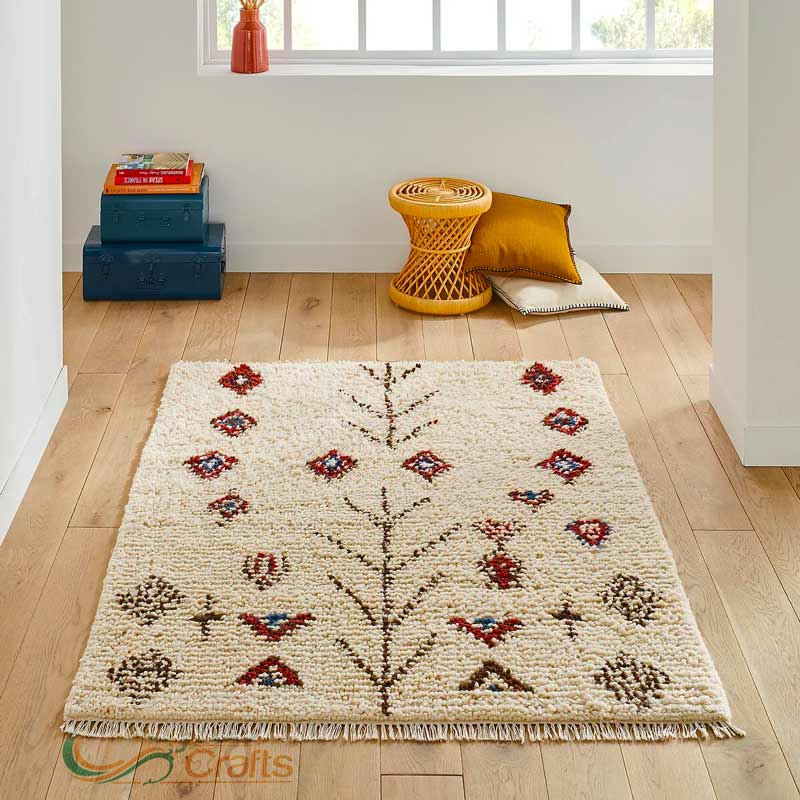
The Risk of Snagging
All types of lop carpets, including Berber rugs, are prone to snagging. It might unravel the whole carpet if attention is paid to it later. Even if one loop is snagged, it should be repaired immediately to avoid further troubles.
The Rist of Getting Matted
Over time, the loops of Berber rugs can look matted and worn. The nylon loops in Berber rugs will help you avoid that problem if that is a concern for you.
Berber Rug Colors
A variety of colors and patterns are available in Berber rugs, which feature texture, twist, plush, and looped weaves derived from millennia-old inspirations.
Modern Berber features a light-colored background under darker, multi-color dots or patterns. On the other hand, traditional floral Berber carpets feature geometric patterns against a light, solid color background.
If you want to see different rugs with different colors, you can visit CyeusCrafts and visit black rugs, red rugs, grey rugs, etc. If you want to make the space larger, it's better to choose brighter colors as cream rugs. Blue rugs are a good option for making a relaxing space.
Wool Berber Carpet
Wool Berber carpet is easy to clean. It is environmentally friendly, and because it is natural, it does not cause respiratory problems or allergies in anyone.
The highest-quality and priciest Berber carpets are made from wool and nylon. Berber rugs can also be made from less-expensive olefin (polypropylene), polyester, or a mix of fiber blends.
Price of Berber Rug
When you have weighed the pros and cons and decided that the Berber rug is the best option for you, it may be time to think about costs. Berber rug is undoubtedly one of the more affordable types of carpet, and now it comes in new styles and fibers. When it comes to this oriental carpet, there isn't just one price because there are so many options.
The cheapest option is a simple, neutral Berber rug. In the same way as area rugs, the more patterns and details, the more expensive it will be. It's the same thing with Berber carpeting. The more dots and details, the more expensive your project could be. With prices ranging from $7 to $10 per square foot, wool Berber rug is the most expensive kind you'll find. Nylon Berber rug is a bit cheaper but varies between $4 to $5 per square foot.
The price of the rug is different due to its size. We will explain the size of carpets in the following:
If you are interested in knowing more about cheap carpets, we recommend you to read the 5 Best Cheap and Affordable Rugs blog post.
In the end, though, the quality of the carpet plays the most prominent role in pricing when it comes to Berber rugs.
Care and Maintenance of Berber carpet
Taking care of your Berber carpet is essential to ensure its longevity and preserve its pristine appearance. It's good to know that these intricately woven carpets, renowned for their durability and intricate designs, require specific maintenance techniques to retain their allure. Spills and stains on the carpets are annoying. It's better to prevent carpets from getting stained.
It is also crucial to employ gentle blotting techniques and specialized cleaning solutions to prevent discoloration and damage. Additionally, periodically rotating furniture and rugs placed on top of the Berber carpet can help distribute foot traffic and prevent uneven wear patterns. By following these maintenance practices, you can enjoy the enduring beauty and comfort of your Berber carpet for years.
If you want to buy an appropriate rug for kids, a nursery rug is a good one. This kind of rug is designed for kids and is a safe choice for them. In the nursery rug blog post, you can read the characteristics of this rug.
Berber Carpet Designs
When it comes to enhancing the aesthetic appeal of your living space, Berber carpet designs stand out as an elegant and timeless choice. Renowned for their intricate patterns and durable, looped construction, Berber carpets effortlessly blend traditional craftsmanship with modern sensibilities.
It's good to know that the Tabriz rug is a precious rug with attractive traditional patterns. If you want to buy a colorful carpet with vibrant colors, Tabriz rug is the best choice.
Their ability to complement various interior design styles, from rustic to contemporary, makes them a versatile option for both residential and commercial spaces. Whether you seek a cozy, inviting atmosphere or a sophisticated, textured backdrop, Berber carpet designs offer a compelling blend of style and resilience, promising enduring beauty for years to come.
How do Berber Carpets Compare to Other Types?
When it comes to choosing the perfect carpet for your living space, the decision can often feel overwhelming. However, Berber carpets stand out as a unique and popular option, known for their distinct looped construction and durability. Compared to other types, Berber carpets offer exceptional resilience, making them ideal for high-traffic areas such as hallways and living rooms. Their tight weave also makes them highly resistant to stains and wear, ensuring a long-lasting and visually appealing flooring solution.
If you want to buy a natural and luxurious rug, sheepskin rugs are recommended. This rug is a safe and soft option. If you want to know how to use this rug in decoration, you can read the Sheepskin Rugs in Decoration blog post.
Additionally, the intricate patterns and earthy tones of Berber carpets effortlessly infuse a touch of warmth and character into any room, creating a cozy and inviting atmosphere. Whether compared to plush or textured carpets, Berber carpets maintain their allure through their ability to seamlessly blend traditional elegance with contemporary practicality, making them an enticing choice for homeowners seeking both style and functionality.
Polypropylene rugs are one kind of rug that is appropriate for outdoor areas like bathrooms. It could be a good outdoor rug. This kind of rug is not expensive. If you want to know more about Polypropylene Rugs, you can read the pros and cons of polypropylene rugs blog post.
CyrusCrafts Rugs Chain Store: Ontario
CyrusCrafts NA is seriously pleased to show you the evolution of Persian rug chain stores in North America. The mission has always been to bring beauty and craftsmanship of the most exquisite Persian carpet to homes and offices and we are glad we have done this in several key locations.
CyrusCrafts Rugs Toronto Online Store
Since we opened our store a couple of years ago, people who are interested in rugs and the arts in Toronto, Ontario have come to know us well. From the elegant round rugs placed at the doorsteps of classy houses to the bright and stunning area rugs placed in the living room, we offer an enormous stock of Persian rugs in Toronto that match every individual preference.
Is Berber Carpet Hard to Keep Clean?
This article is a good answer to the question of what is Berber carpet.
Berber carpet, known for its distinct looped design, has garnered attention for its durability and unique aesthetic appeal. Despite its resilience, some homeowners may wonder whether Berber carpet is hard to keep clean. While its tightly woven loops can make it resistant to stains and dirt, maintaining its cleanliness requires consistent care.
Regular vacuuming and prompt cleaning of spills are essential to prevent stains from setting in. However, due to its looped structure, it can trap dirt and debris more easily than other carpet types, necessitating thorough cleaning with appropriate tools and techniques. By following a regular maintenance schedule and employing proper cleaning methods, Berber carpet can maintain its lustrous appearance and serve as an elegant and practical flooring choice for any home.
Conclusion
In conclusion, Berber-style rugs offer a blend of timeless elegance and modern resilience, making them a popular choice for homeowners and businesses alike. With their durable construction, stain-resistant properties, and diverse design options, Berber rugs provide a cost-effective and stylish flooring solution. While they may not be entirely pet-friendly and require specific maintenance, their ability to withstand high-traffic areas and maintain their aesthetic appeal over time solidifies their position as a favorable carpeting option.
From their historical origins to their contemporary adaptations, Berber carpets continue to stand out as a versatile and enduring addition to any interior space. Berber carpet prices are not much, and this characteristic is one of its advantages.


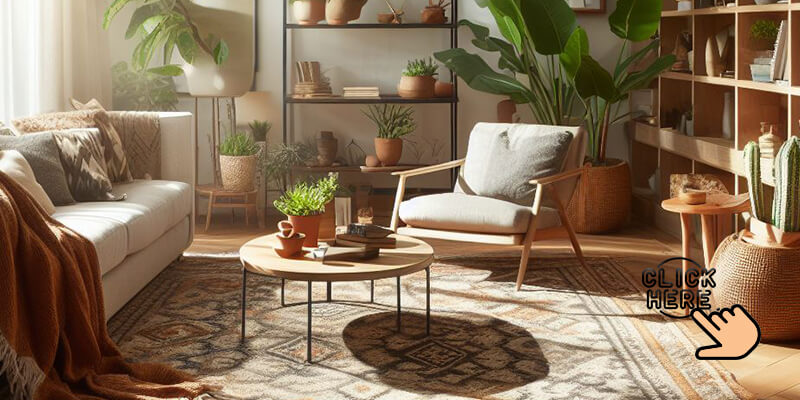
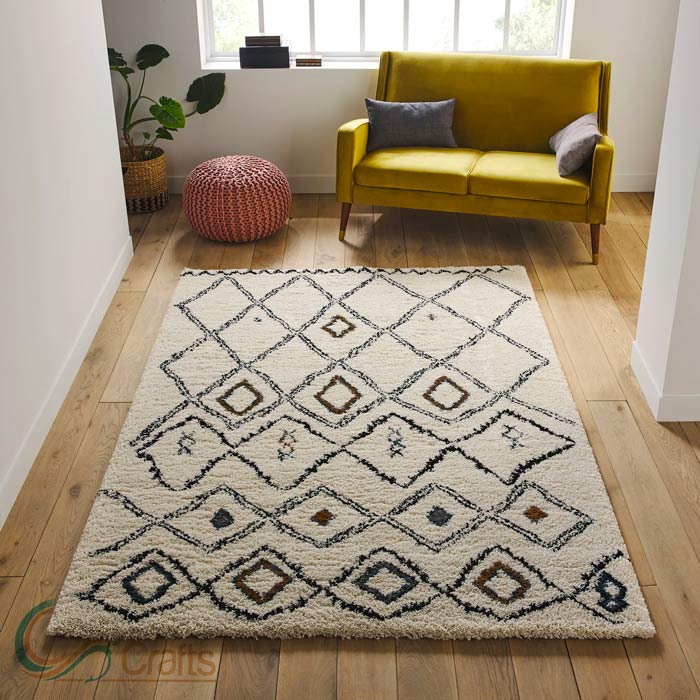




















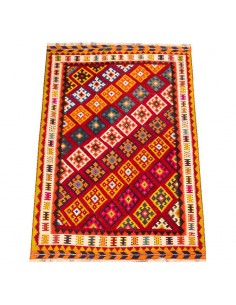

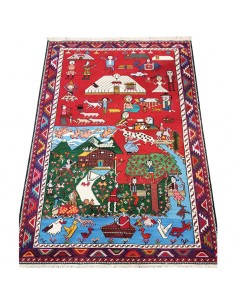


Comments (0)